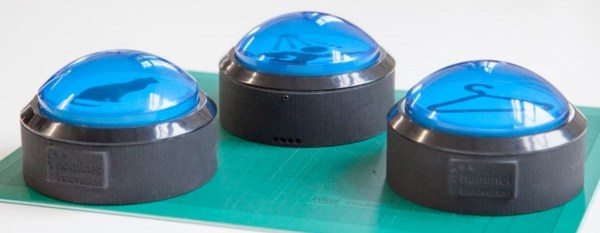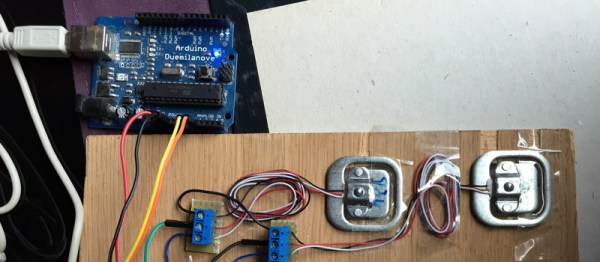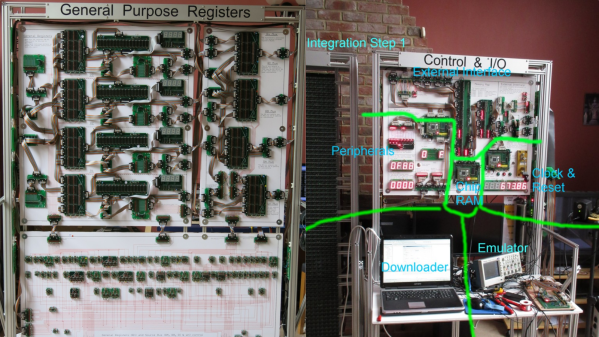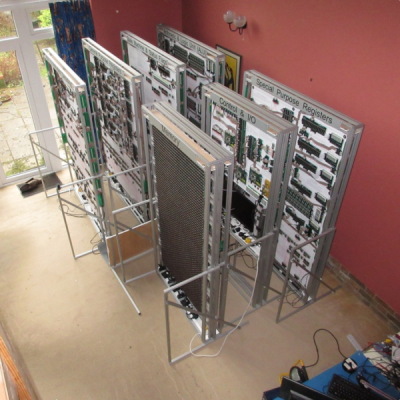Sometimes there’s just no substitute for the right diagnostic tool. [Ankit] was trying to port some I2C code from an Arduino platform to an ARM chip. When the latter code wasn’t working, he got clever and wrote a small sketch for the Arduino which would echo each byte that came across I2C out to the serial line. The bytes all looked right, yet the OLED still wasn’t working.
Time to bring out the right tool for the job: a logic analyzer or oscilloscope. Once he did that, the problem was obvious (see banner image — Arduino on top, ARM on bottom): he misunderstood what the ARM code was doing and was accidentally sending an I2C stop/start signal between two bytes. With that figured, he was on the right track in no time.
We just ran an epic post on troubleshooting I2C, and we’ll absolutely attest to the utility of having a scope or logic analyzer on hand when debugging communications. If you suspect that the bits aren’t going where they’re supposed to, there’s one way to find out. It’s conceivable that [Ankit] could have dug his way through the AVR’s hardware I2C peripheral documentation and managed to find the status codes that would have also given him the same insight, but it’s often the case that putting a scope on it is the quick and easy way out.



















